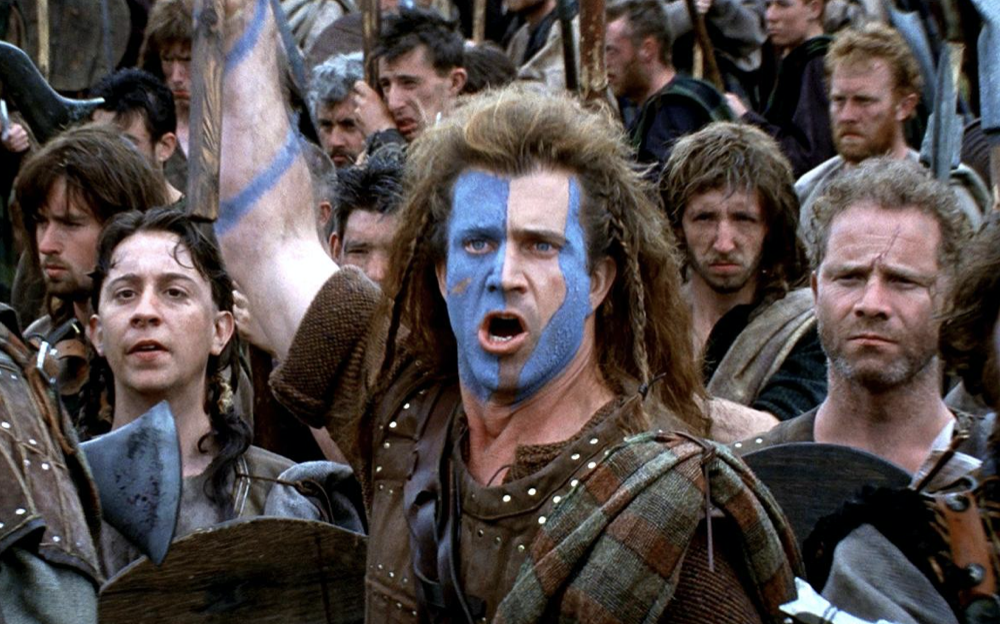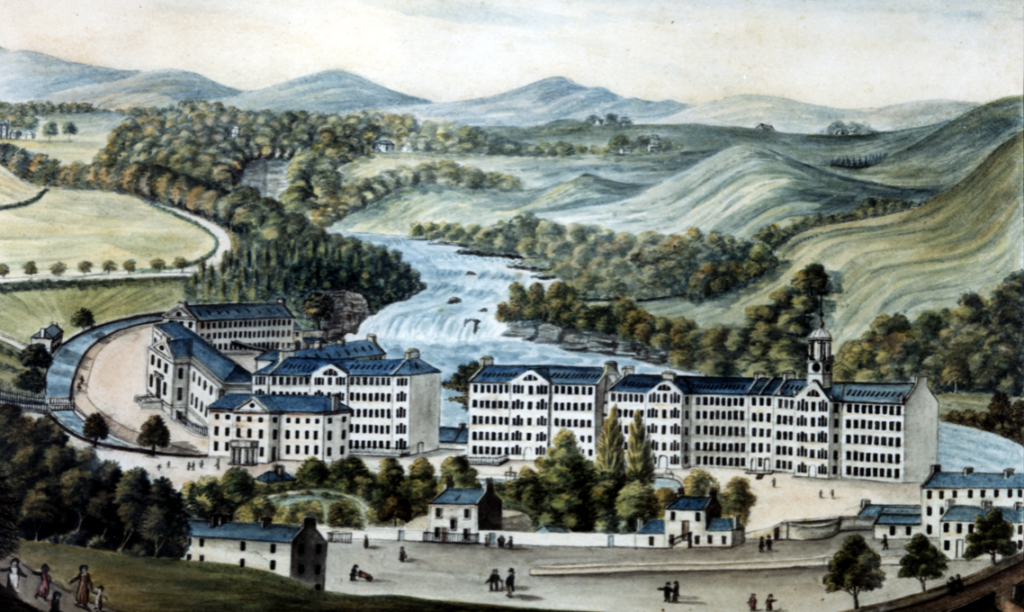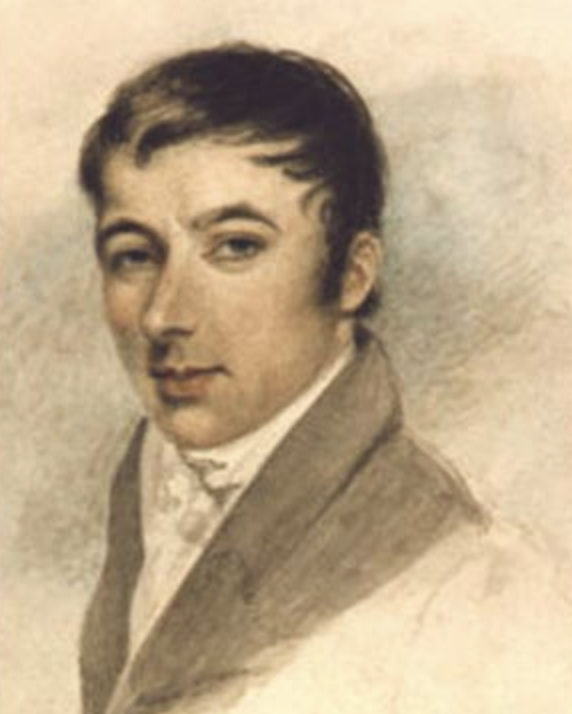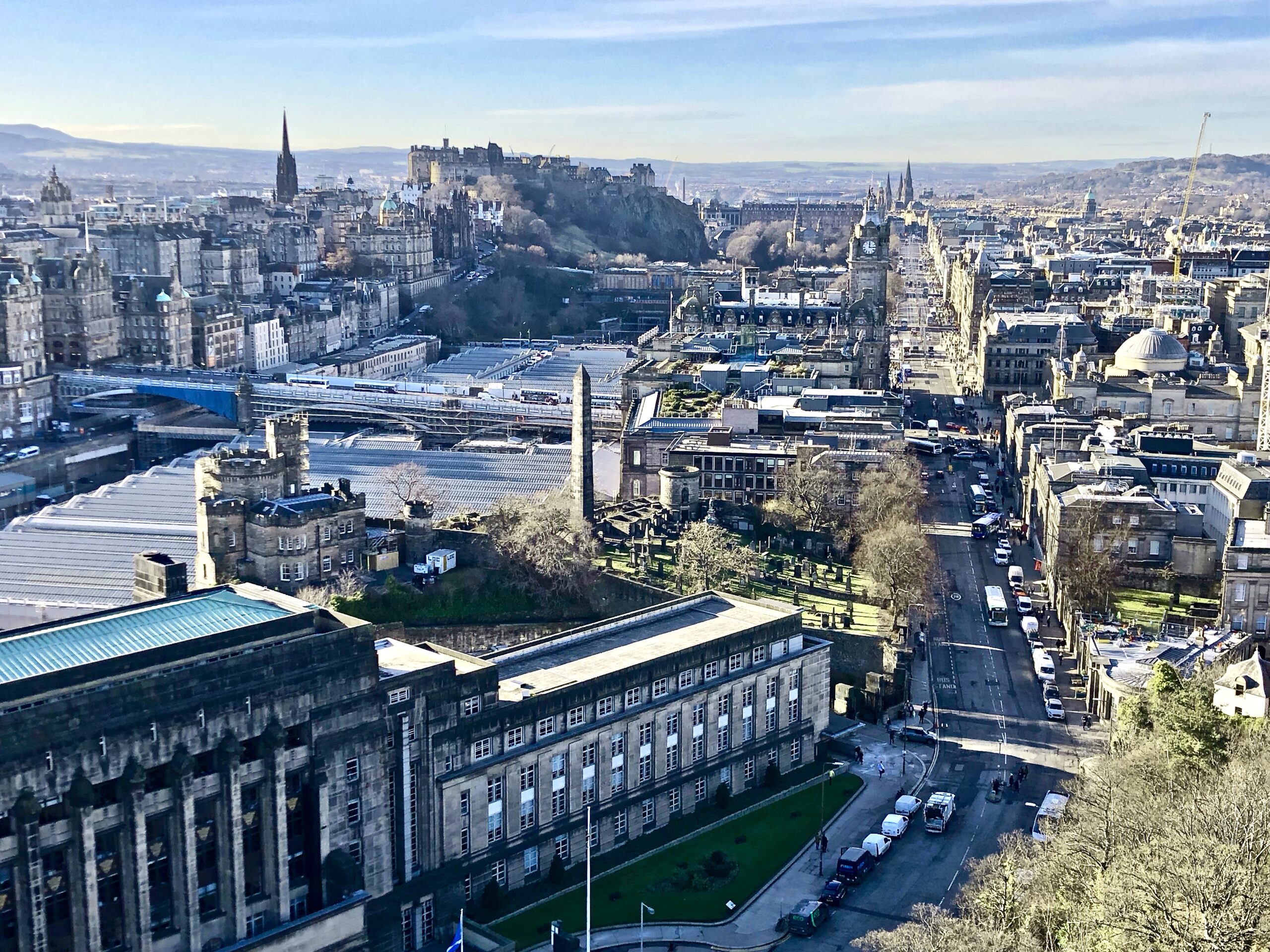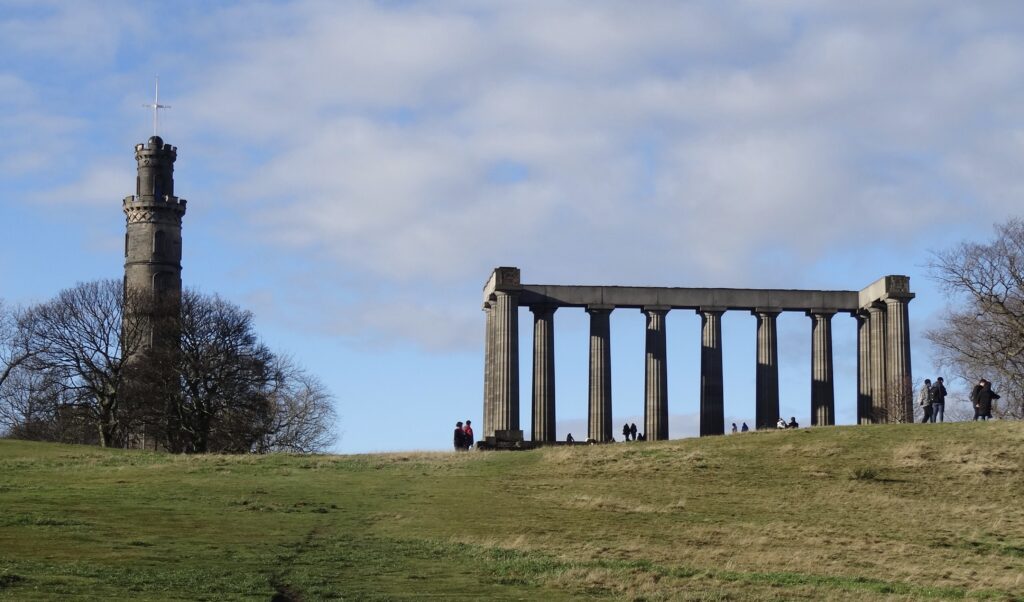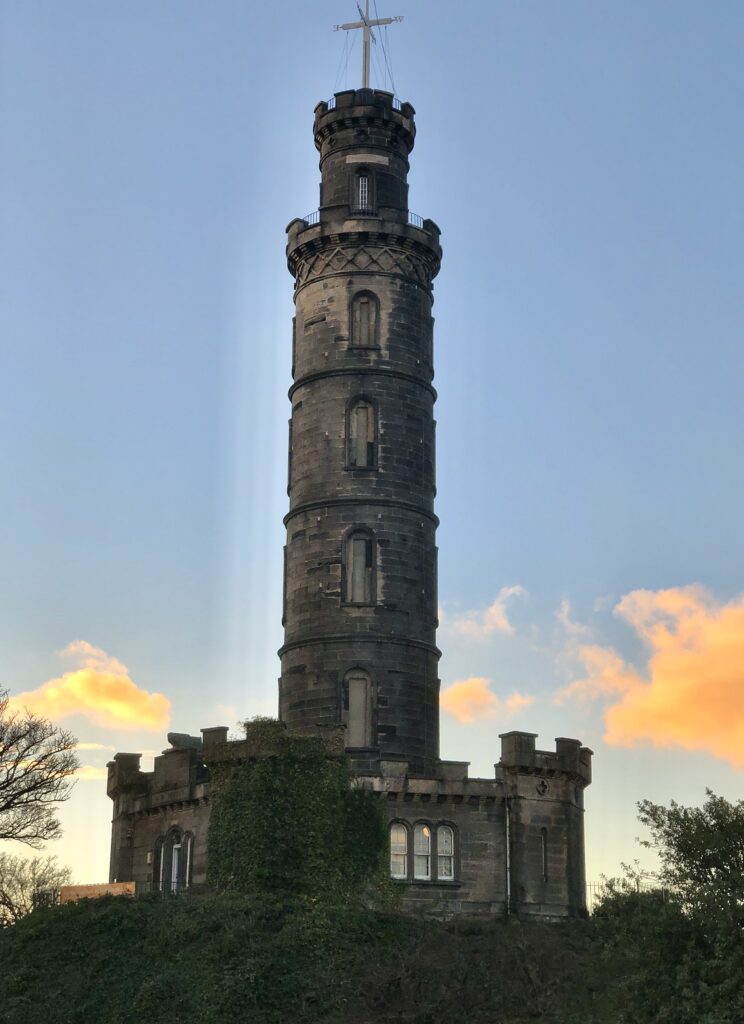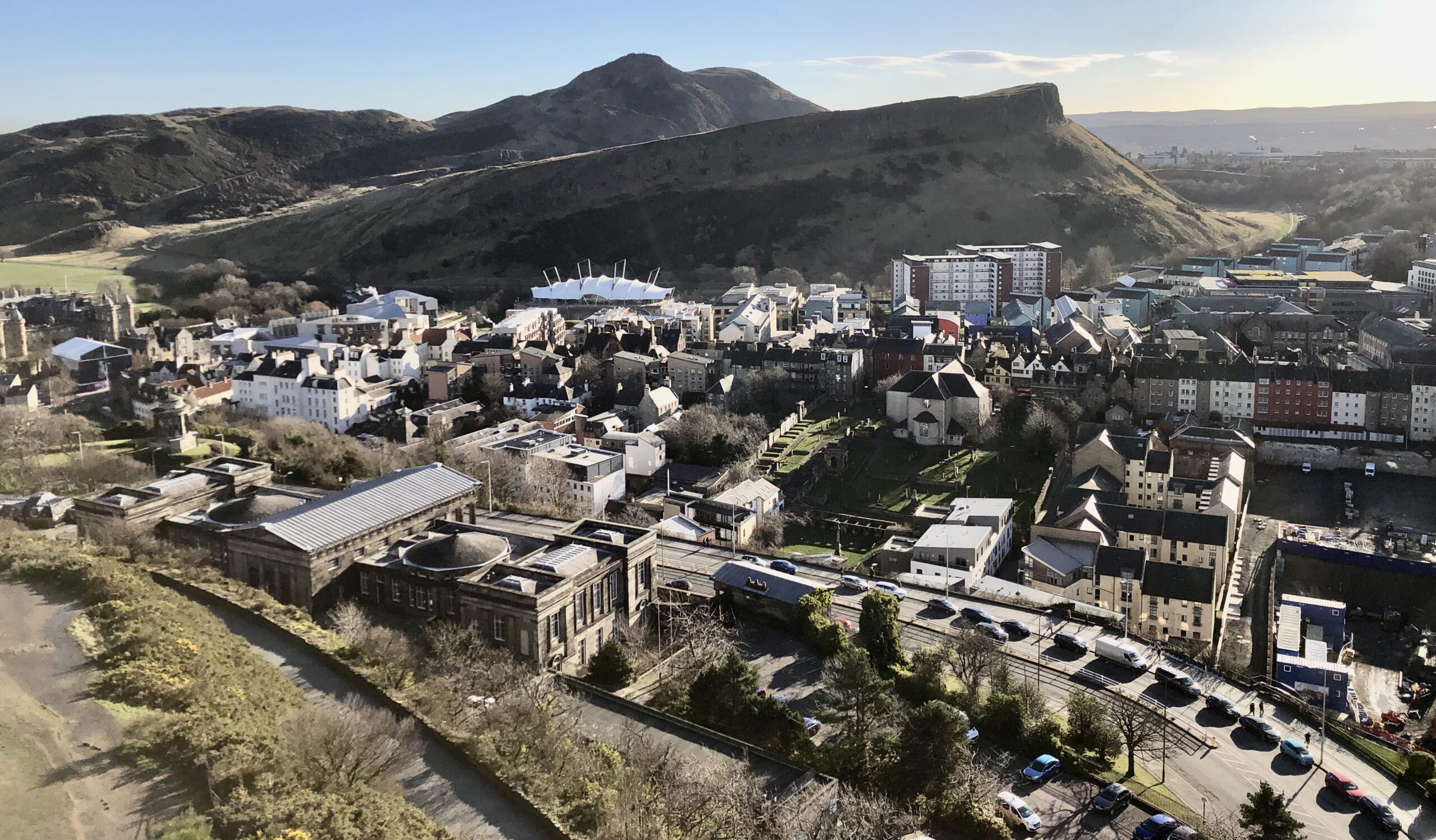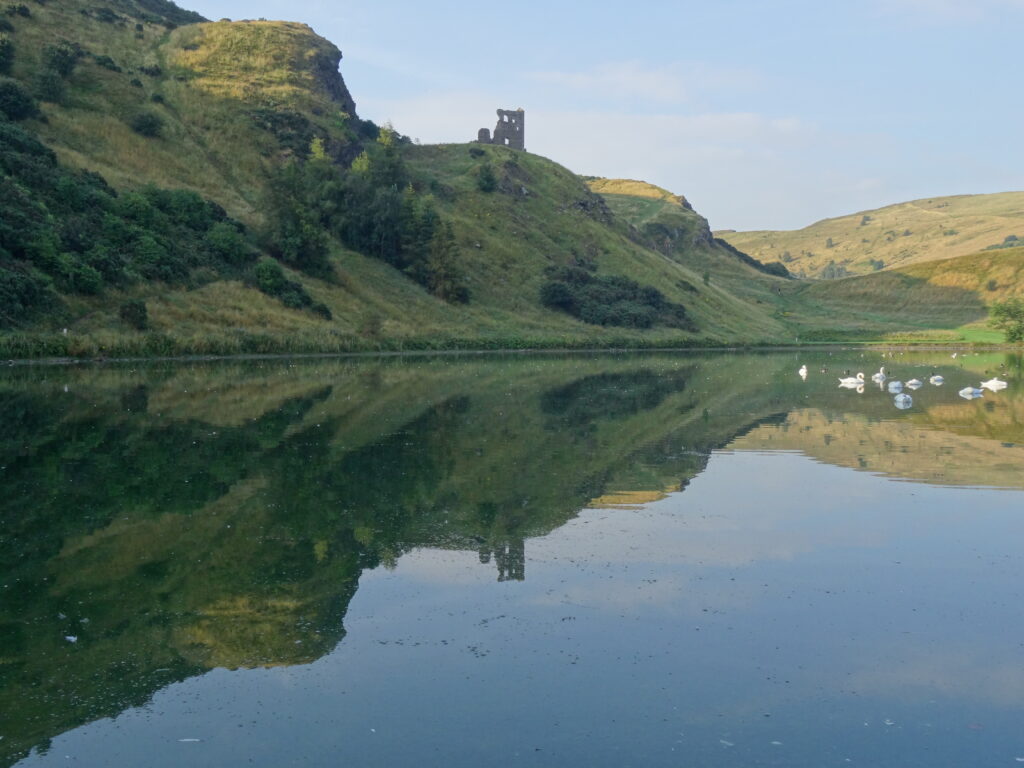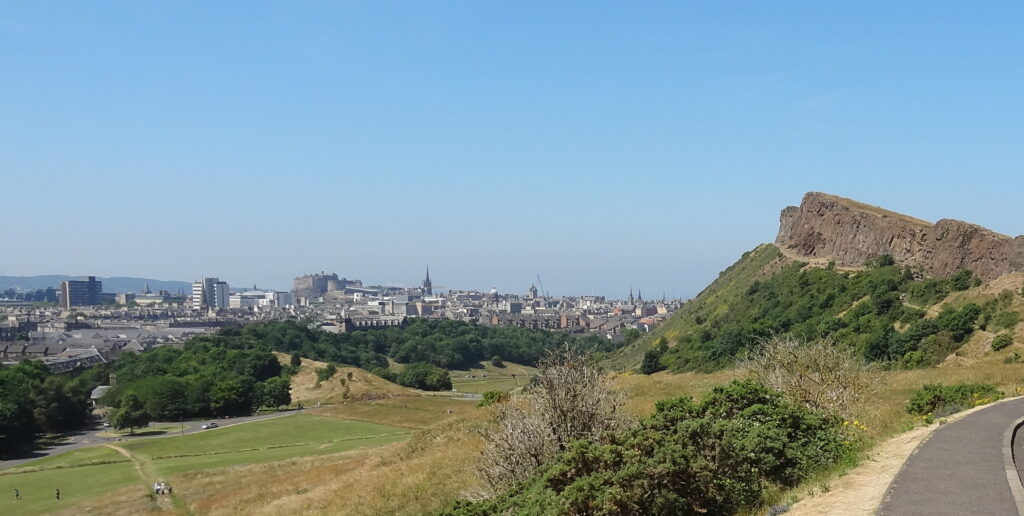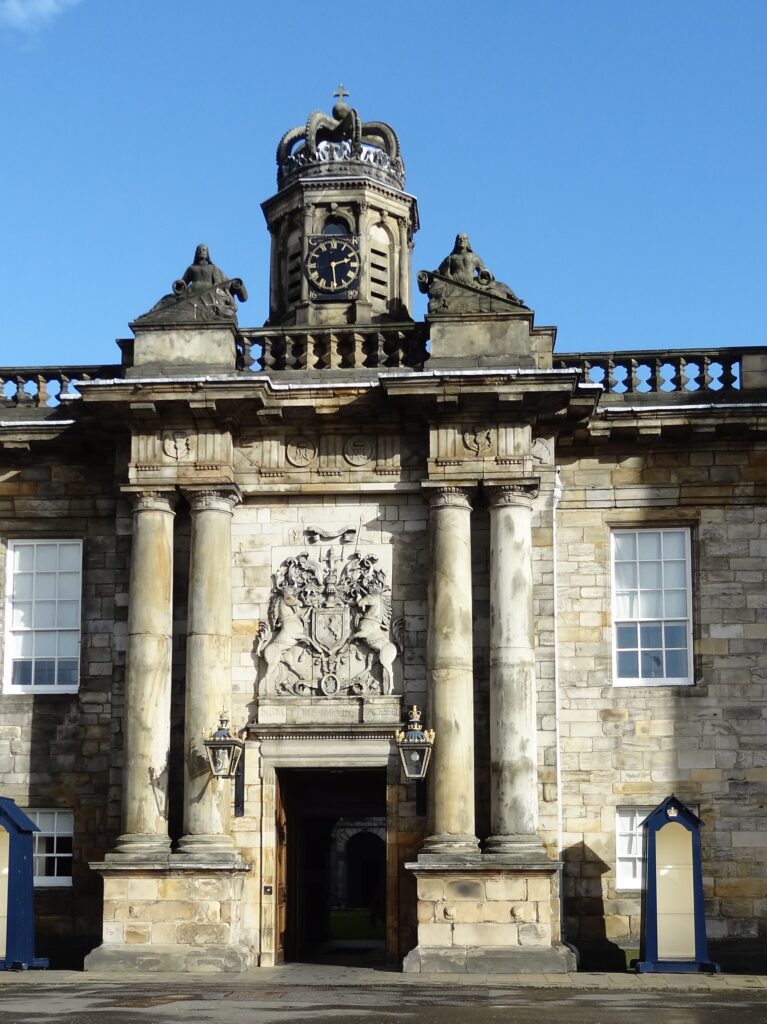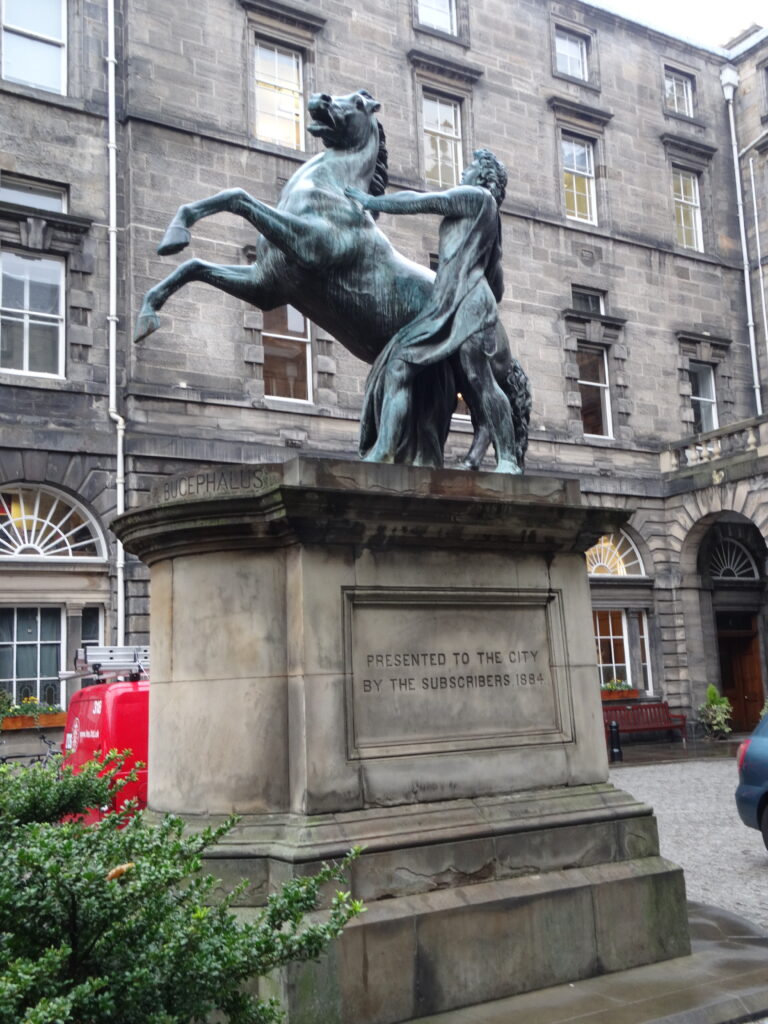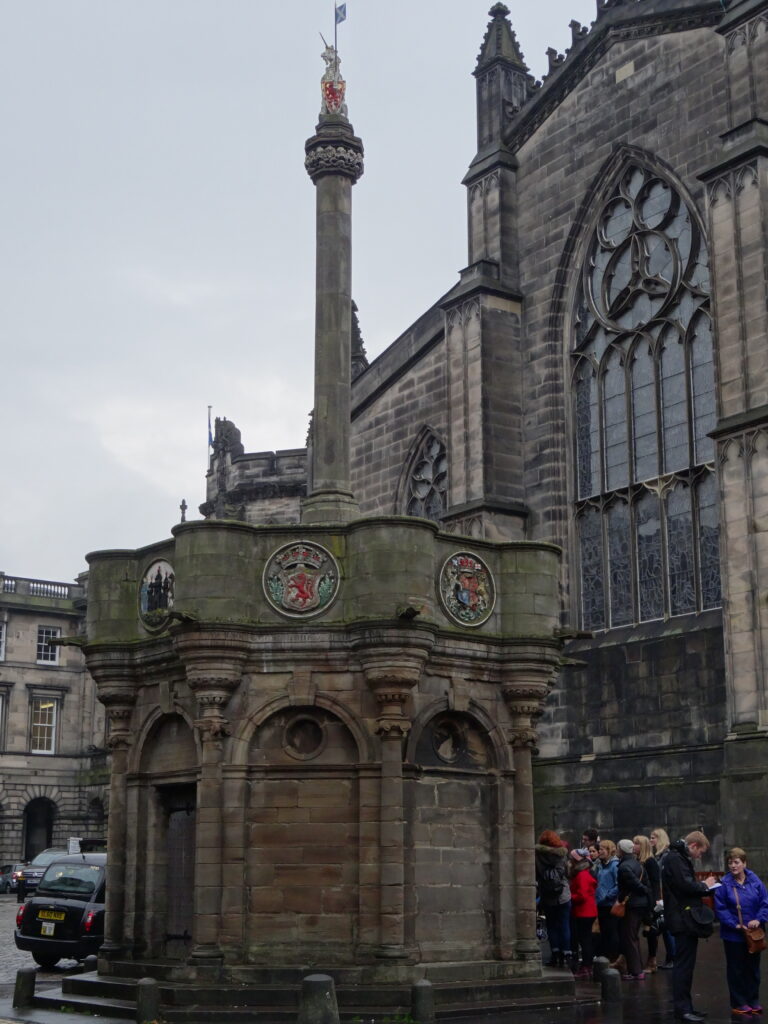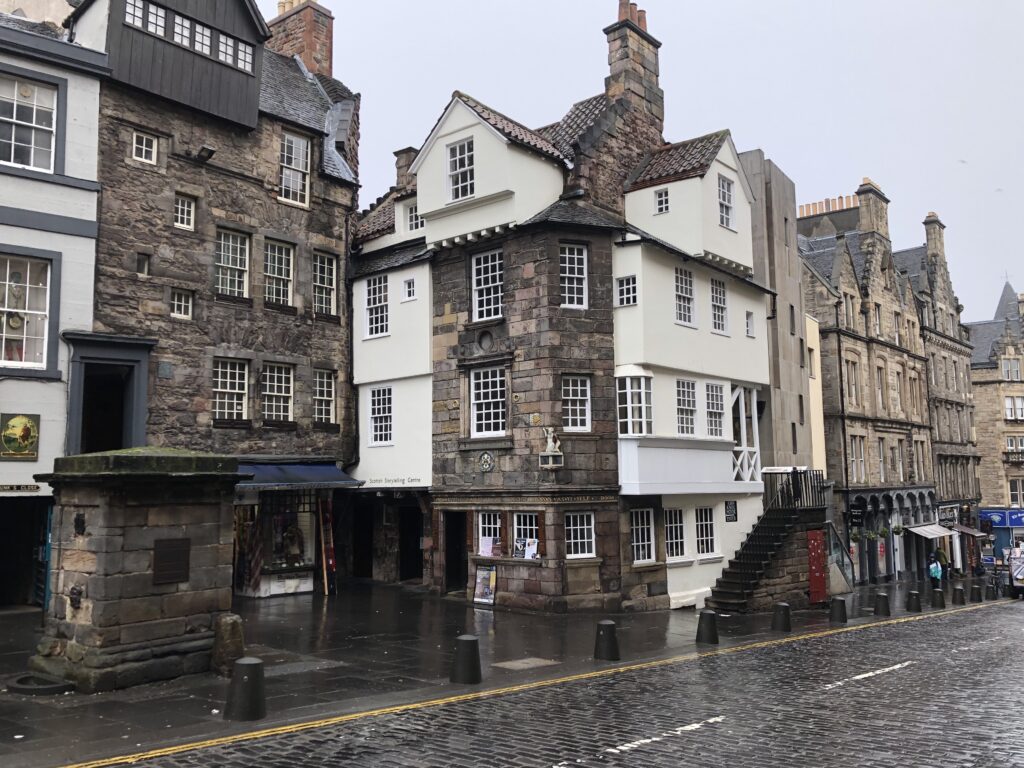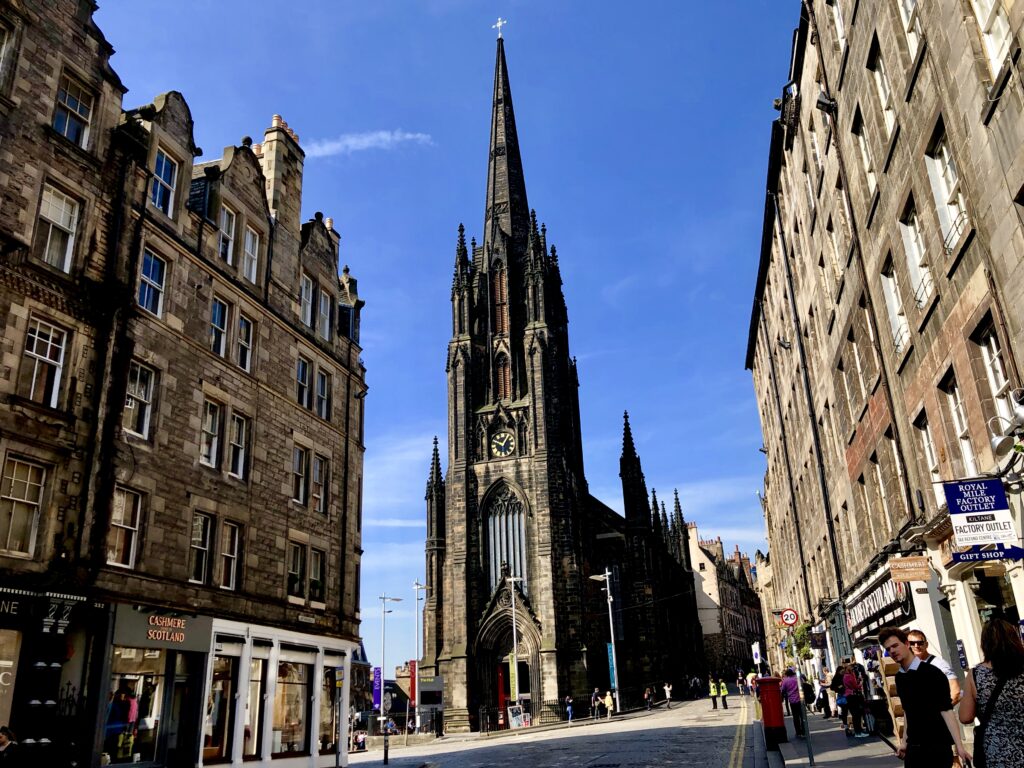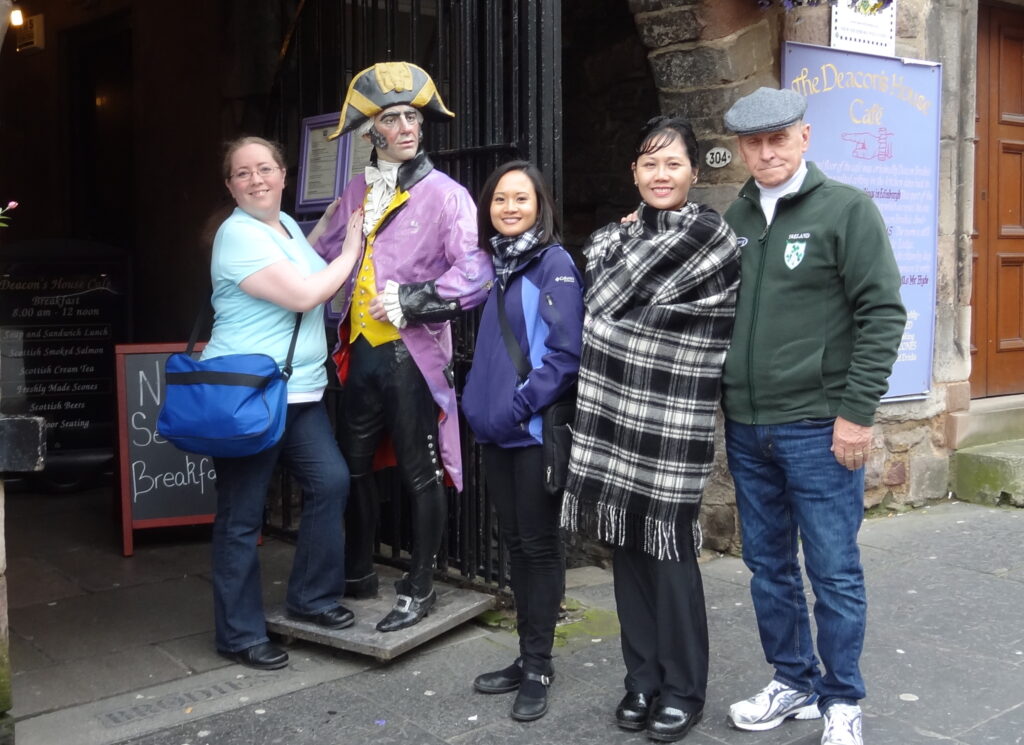Popular Fiction in the Movies
In this post we are going to highlight Popular Fiction in the Movies. This does not necessarily mean that the story in the movie is a Scottish story. Popular fiction in the movies can mean the story uses the fantastic backdrops solely for dramatic emphasis. The one that immediately springs to mind is James Bond’s Skyfall. In this movie Bond is being pursued by his enemy. He makes his way back to his childhood home in the Highlands of Scotland. Who cannot help but be bewitched by the moody atmosphere of Glen Etive?
Some movies surprisingly didn’t make it into our Popular Fiction in the Movies category. Despite the name of a movie suggesting that it should appear, we have omitted it simply because most of the scenes filmed weren’t actually filmed on location, but in a studio. The Da Vinci Codes is a perfect example. At the time of filming Rosslyn Chapel was entirely covered by scaffolding and a steel canopy as it underwent restoration. Exterior shots were recreated digitally. There was only the briefest of interior shots also. When Robert Langdon finally enters the Chapel, he descends the steps to the Crypt which indeed was filmed at the Chapel. But when he walks through the doorway at the end of the steps he enters a mockup of a room full of archives. This was a recreation in a film studio in London!
However, all of that aside, Rosslyn Chapel and Glen Etive have benefited from the increased footfall from visitors to Scotland. And so far, no complaint from the visitors. If anything, you will often hear visitors say, “It is even better in the flesh!” We include both of these locations and so many more in our selection of tours.
So, here we go……let’s see what you think of our selection of Popular Fiction in the Movies.
THE PRIME OF MISS JEAN BRODIE
This film, released in 1969, was adapted from the stage play which in turn was based on the novel of the same name written by Muriel Spark. Unlike the play which only had moderate success, the film was a box office hit making a profit of $831,000 within a year of its release.
The standout performance was by Maggie Smith who played Jean Brodie. She went on to win not just an Oscar but also the BAFTA award for Best Actress, only losing out in the Golden Globes. Events are set in the 1930s and Brodie is a teacher at the Marcia Blaine School for Girls in Edinburgh. She is a teacher who doesn’t follow the school’s strict curriculum. She prefers to indulge “her girls” in the arts and culture as well as encouraging them to question the status quo.
However, Miss Brodie blots her copybook by carrying on an affair with the male music teacher/church choirmaster while keeping her ex-lover dangling. A few years later just as Brodie reaches the peak of her powers at the school, one of her former “girls” turns on Brodie and betrays her to the Headmistress.
Apart from the stellar performances from the ensemble cast, it is great fun to try and spot the locations dotted around Edinburgh that appear in the movie.
THE 39 STEPS
There have been different versions of this movie all based on the book by John Buchan. The first to be produced in 1935 was directed by Alfred Hitchcock and was a sign of what he would achieve in the future. Then there is the 1959 version starring one of Britain’s leading men of the time, Kenneth More. Then yet another remake in 1978 with Robert Powell before one last attempt with a feature length “made for TV” version in 2008.
Take a look at this trailer from the 1959 movie and see if you can identify any of the locations used in Scotland.
Most movie critics and fans point to the 1935 version being the best of the bunch. However, for me the 1959 movie beats the others purely on the number of locations that they manage to squeeze into 91 minutes. Perhaps you are wondering what the premise of the movie is. If so, it’s a good old-fashioned spy thriller with Kenneth More stepping in to save the day when the female spy is killed.
His journey takes him throughout Scotland to such locations as the Forth Rail Bridge, South Queensferry North Queensferry, Loch Lubnaig, Brig O’Turk, the Dukes Pass, Killin, Balquhidder, Dunblane Trossachs Hotel, Kinlochard, Loch Lomond. What’s not to like about that?
SKYFALL – FROM RUSSIA WITH LOVE – THE WORLD IS NOT ENOUGH
The James Bond franchise is such a well-known brand that not much needs to be said about this. They are all fantastic movies and it is unfortunate that Scotland hasn’t managed to secure itself a bigger part in any of them.
Skyfall gets to showcase Glen Etive at its dark and moodiest best when Bond and M stop to look down the glen. It is even more breath-taking in person and I have taken numerous groups to Glen Etive in order that they can see it for themselves. Click on the trailer and fast-forward to 1:59 where Bond stops at Glen Etive and looks down the valley towards his destination. Breathtaking scenery.
At the end of Russia with Love, the final part of the movie involves a boat chase scene that was filmed off the west coast of Scotland. And Eilean Donan Castle manages to get a “blink and you’ll miss it” moment when Pierce Brosnan drives across the bridge in his Aston Martin.
GREYSTOKE: LEGEND OF TARZAN
The main reason for including Greystoke, apart from it being an excellent movie, is that a large part of it was filmed at Floors Castle in the Scottish Borders. If you watch the clip above, you can understand why they chose this as the location for the Greystoke estate in the lowlands of Scotland. Floors Castle is stunningly beautiful and is well worth a visit if you plan to tour around the Scottish Borders.
It clearly struck a chord with the general public as it grossed $45.9million and was the 15th most popular film at the box office in 1984.
KIDNAPPED
The book of the same title was written by Robert Louis Stevenson was almost required reading for any Scottish youngster. It was filmed a couple of times, once in 1960 and the other 1971. The clip below shows the opening scene to the movie. It is supposed to depict the end of the Battle of Culloden when the Jacobite rebels were defeated by the British government forces.
The movie itself is based on the 1886 novel by Robert Louis Stevenson and manages to include Argyll, Mull, Culross and Stirling Castle. The main character David Balfour played by Michael Caine is betrayed by his uncle and has him kidnapped and sent off to the Carolinas. The story follows Balfour’s adventures in his attempts to get back to Scotland and to claim his rightful inheritance from his uncle.
Other movies in this category:
- The Da Vinci Codes
- The Private Life of Sherlock Holmes
- The Master of Ballantrae
- Loch Ness
- Young Adam




